Stock photography is a term that if you are a graphic designer, creative or blogger, you would have come across the term “stock photography” or “microstock photos” but what are they and how can you use them in your projects?
In order to understand how you can use them, you need to understand what stock photography means, how it has been an influential marketing and advertising tool in the past to decide if it is the right tool for you as either a buyer or creator.
Stock photos have been a useful resource for high quality photos and a cheap price and its immediate availability has made it the perfect tool for advertisers, marketers, bloggers to use in publications, promotions, websites and various creative projects.

What is Stock Content? – Stock Footage, Illustrations, Sound and Images?
Firstly, what does Stock Content mean? Stock photography is an industry that sells already created creative content such as images, illustrations, footage/videos clips, and sound clips that is available for license to be downloaded by paying a fee to a stock agency that manages the content who then pays the artist a percentage of the sale.
They are then able to download the file and incorporate the content into their marketing material.
The Benefits of Stock Photography
Using human resources such as hiring a team of graphic designers, photographers and models to shoot something that has already been created is both expensive and time consuming. By using stock images, illustrations, videos etc in digital marketing campaigns or personal projects, the buyer is able to save time and money. This has made stock photography so appealing for a wide range of customers.
This is why stock photos/images, footage, illustrations and sound content is so popular. The only downside of already created content can be that your competitor may be using the same image to promote his product too!
That’s why different licenses and markets have been created, depending on the budget of the buyer.
There are two main types of licenses for photography – royalty free and rights managed that are similar have some slight differences that are important to understand.
Royalty-free (RF)
Royalty Free is the most popular licensing model in the industry as it is the most affordable and flexible. But keep in mind that Royalty Free does not mean the images are “free”. In photography and the illustration industry, royalty-free (RF) refers to a license where the buyer has the right to use the picture without the restrictions and need to pay for each use or copy. The user can, therefore, use the image in several projects without having to purchase any additional licenses.
In Contrast, Rights Managed, or RM, refers to a copyright license purchased by the customer, allowing the one-time use of the content file as specified by the license. If the user wants to use the photo for other uses, additional licenses need to be purchased.

How can you use Stock Content?
Commercial Use
Commercial use means that the main goal of the use is to generate profit.
Commercial usage of stock photos refers to any project where the main goal is to generate profit. For stock photos to be suitable for this use (and most of them are), they must have all rights cleared, including model and property releases. But how to make money with stock photography? Some of the most common commercial uses for stock photos are:
• Flyers
• Posters
• Greeting cards
• Postcards
• Commercials — TV, Web, Commercial displays and more
• Printed materials
• Product packaging
• Film and video
• Book and eBook illustrations
• Magazines and newspapers
• Brochures
• Presentations
• Book and eBook covers
• Reproductions
• Art
• Branding material
• Blogs and online publications
• Broadcast
• Newsletters
• Posters
• Video
• Theatrical presentations
• Prints
• Letterheads
• Trade booth displays
• Social Media like Facebook, Instagram and Twitter
• Graphic design
• Web Design themes and elements
• Digital wallpapers
• Decor – home, office or any public space
• Catalogs
• Branding
• Social Media & Online Presence
• Artistic Productions & Creative Projects (Decoration, etc.)
• Corporative Identity
• Business Supporting Material (Presentations, etc.)
• Products for Resale (T-shirts, Packaging, etc.) – if you want to use the content for product resale or to redistribute, you need to use and extended licence.

The use of stock content is as wide as your imagination will allow. The can be used anything from websites, marketing campaigns, presentations, social media, books, tv advertisements, the list goes on….
Editorial Use
Editorial stock photography and video footage are for editorial use only, meaning they can only be used to illustrate or accompany editorial content so not to profit directly from the use.
Some main editorial uses are:
• Blogs
• Editorial purposes: news coverage, newspapers, magazines articles, editorials, newsletters, broadcasted news reports, blogs, textbooks, not-for-profit etc.
• Non-commercial uses relating to events that are newsworthy or of general interest

Editorial images cannot be used for commercial use. The main reason is due to images of not model released people, crowds of people, landmarks that are copyrighted (like the Sydney Opera House or the Guggenheim Museum), private property, celebrities, brands and logos etc.
While you can use commercial photos and video for editorial use, you cannot do opposite. This is very important to remember when purchasing stock photography.
Can you Make Money Selling Stock Photos?
The short answer, yes! But how much depends on the level of commitment, talent, knowledge of the industry and persistence you are willing to give.
The structure of the stock photography industry has always had various aspects to it. When it comes to selling photos, there are different perspectives to consider.
You can read more about how to become a stock photographer here.
How much does stock photography pay?
The industry royalties varies quite considerably with some agencies paying the creative up to 85% of the sale while others pay as little as 15%. The percentage can be depended on the amount you contribute or whether you are exclusive or non-exclusive.

